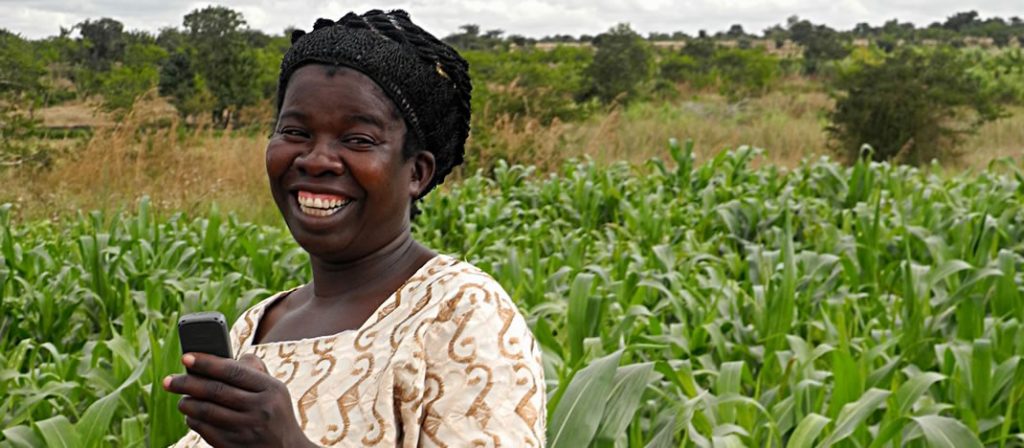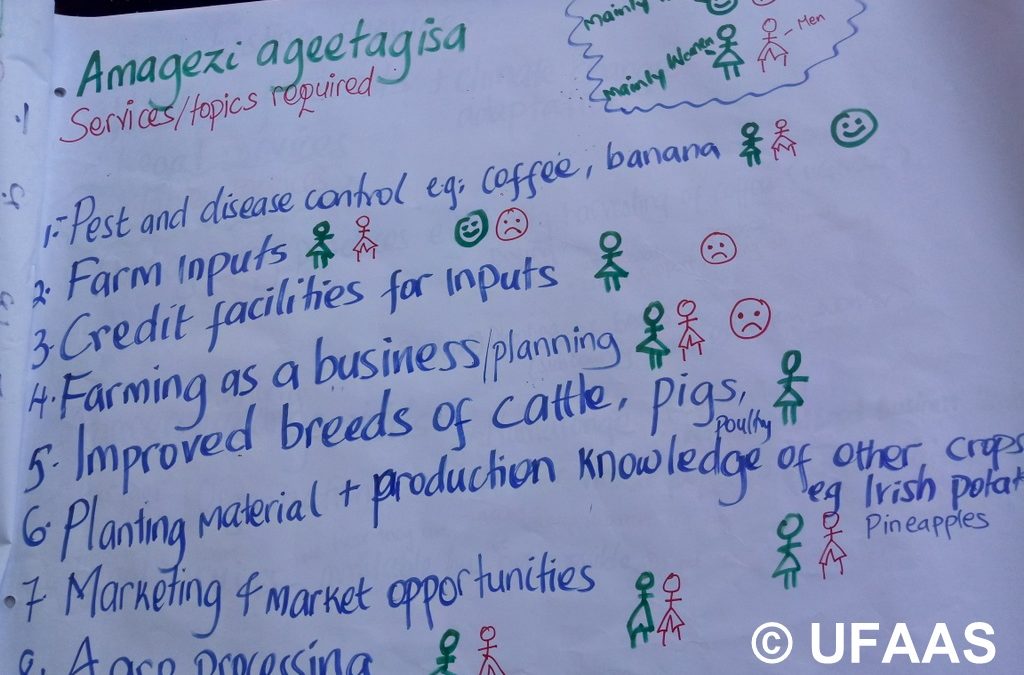Article by Elizabeth Asiimwe, with input from Richard Miiro, Beatrice Luzobe and Ambrose Owoesigire
Whether in rural or urban settings, the effects of Covid-19 are being felt. In most households, dietary practices have changed completely. In Uganda for example, some households have adopted coping mechanisms to stay afloat. Some have reduced the number of meals, others have reduced the diversity of meals while others have reduced the portion sizes. One thing that has remained constant in all this, all individuals will need to eat, and that farmers will still need to grow and supply the food.
There is a lot of information on various platforms relating to food systems during the pandemic. While some people are starving due to lack of food, wastage of food is at its peak across in other parts of the globe. Produce is rotting in the fields and, food companies are throwing away fresh foods , eggs and milk because there are no buyers. Saddening.
In February 2020, the World Health Organization officially classified Covid-19 as pandemic. Many countries responded in almost similar ways such as implementing lockdowns, and night curfews.
In Uganda, the situation was not different. Before the first Covid-19 patient was discovered, the President ordered for closing of all educational institutions from kindergarten to tertiary, banned all social, political, and cultural gatherings. Later when the first case was found, he suspended public and private transport, closed international borders, and instituted a dusk to dawn curfew. Only cargo planes and trucks, as well as “essential services vehicles,” were allowed.
The Ministry of Health provided guidelines for management of the disease, and all essential workplaces that would remained during the lockdown were given customized Standard Operating procedures. Places that did not adhere to the guidelines such as the major food markets Kalerwe and Nakawa food were closed.
How were people going to survive? How about the farmers who were relying on extension workers who would visit and train them in groups? How were the extension service providers carrying out their activities? Did they actually work? All these questions were in the minds of many agricultural extension enthusiasts.
These quick adjustments led to some shifts in the operations of men and women extension actors.
The UFAAS quick survey
During the lockdown, the Uganda Forum for Agricultural Advisory Services commissioned a quick survey to find out how the actors in agricultural extension and advisory services arena were working.
103 actors (men 75%, women 25%) responded. They were working in several organizations-extension NGOs, Public Service, Farmer organizations, agricultural institutions, and were at various nodes of the agricultural value chains.
Well, from the findings, it was not a total lockdown, and it is not true that people were not working. The study by Miiro et al, 2020 found out that:
- Close to 90% of the respondents (89% to be specific) were reaching out to their clients in one way or the other. We asked them how they were reaching them amidst the lockdown, and found out that:
- Technology came in handy! Calling the client or the clients calling the extension actor on telephone were the major means of working, and this was used by 75% and 70% of the respondents respectively. This was followed by WhatsApp (49.5%) and face to face visits at 40%.
In addition, the extension actors were using SMS (31%), radio (21%), use of a mobile app (12%), Facebook (7%), USSD code (4%) and Skype or Zoom (3%).

Photo: Connecting farmers a click at a time
What different things are the extension actors doing during the pandemic?
The actors reported that they were doing some activities which they were not used to doing before the pandemic. These included:
- E -extension: “I found myself calling too much. calling both the farmers and field officers” “My interaction with the farmers has increased” reported one actor.
- Intensive Research on improved agricultural technologies and good practices. This was coupled with use of ICTS, and was through reviews of agricultural related literature accessed especially through Google searches, and social media platforms such as Facebook and social media platforms such as WhatsApp and Facebook. Some actors had plans of producing various handouts by the end of lock down.
- Farm visits instead of group visits. In order to abide by the guidelines of social distancing, the actors could not converge with the clients in groups cannot converge for training some extension actors are doing more of household or home visits and face to face with individual field visits to farmers
- Others include: delivery of inputs, report writing, catching up with business initiatives, resting, working on project proposals, communicating the importance of biotechnology in the fight against covid19 and food insecurity
- While most extension actors were doing various things during the lockdown as stated above, others stated that they were resting, sleeping or doing nothing as they waited for the lockdown to be lifted.
Challenges:
The actors reported hiccups in their work. These included limited movement due to government restrictions, high costs of airtime and data, poor network connectivity, among others.
Learnings/Opportunities from the COVID-19 pandemic
Not all is lost. The COVID-19 pandemic presented some opportunities that extension actors could harness. The actors noted that:
Digitalize, digitalize, digitalize! Strengthening of ICT/digital skills is important for AEAS to remain relevant. From the survey, agricultural information was exchanged while the extension actors maintained the guidelines of social distancing, and staying home. In addition, Empowering farmers to practice farmer to farmers’ extension models is key for continuity.
What next?
After the pandemic,
- There is need for increased efforts to ensure that food value chains function well and promote the production and availability of diversified, safe and nutritious food for all.
- Suppose another pandemic sets in soon (insert future scenarios here), are food systems strong and robust enough to remain operational in the crisis? This is the time to invest, monitor, and retool and digitise AEAS to enable food supply chains to during and post COVID-19.
References
- https://www.worldometers.info/coronavirus/country/uganda/
- https://www.theguardian.com/world/2020/apr/09/us-coronavirus-outbreak-agriculture-food-supply-waste
- https://www.nytimes.com/2020/04/11/business/coronavirus-destroying-food.html
- https://www.softpower.ug/kalerwe-nakawa-markets-closed-for-failure-to-comply-with-covid-19-preventive-guidelines/
- https://www.yowerikmuseveni.com/address-covid-19-virus-and-additional-guidelines-preventive-measures
- Miiro R.; Luzobe B; Mangheni, M; Asiimwe, E; Owoesigire, A; 2020. Agricultural Extension and Advisory Services (AEAS) activities during the COVID-19 Lock down, Uganda. Uganda Forum for Agricultural Advisory Services Working Document.

